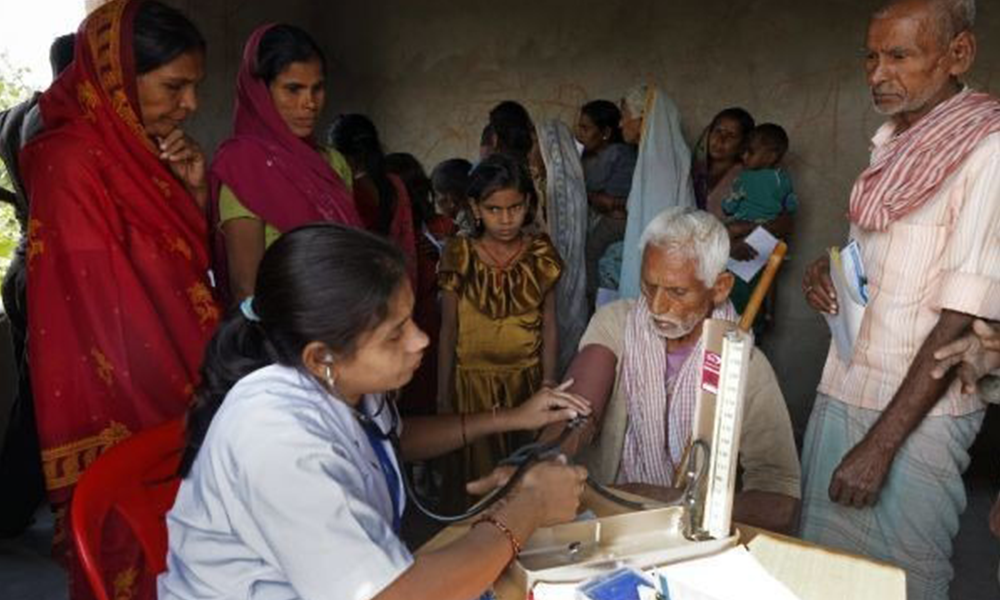In rural communities across the globe, poverty and healthcare are deeply interwoven, creating a cycle that is difficult to break. This blog examines how poverty leads to inadequate healthcare in rural areas and discusses the complex relationship between economic hardship and access to essential health services. The lack of resources, infrastructure, and funding in rural regions perpetuates health disparities, leaving vulnerable populations at heightened risk.
Limited Access to Medical Facilities
One of the primary ways poverty leads to inadequate healthcare in rural areas is through the limited availability of medical facilities. In rural settings, hospitals and clinics are often few and far between, making it difficult for residents to access necessary care. The few facilities that exist may be understaffed and under-resourced, lacking essential equipment, medications, and trained personnel. The costs associated with travel to distant health centers also deter many rural families from seeking timely care, particularly for routine or preventive health needs. The result is that treatable conditions go unchecked, leading to chronic health problems and diminished quality of life.
Economic Barriers to Healthcare Access
Financial hardship is another significant obstacle in these areas. Low-income families in rural regions often cannot afford the cost of healthcare, whether for routine check-ups, medications, or emergency treatments. Even with community health centers, the costs of prescription medications and specialized treatments add up, making healthcare a significant financial burden. In some cases, families must choose between healthcare and other essential needs, such as food or education, perpetuating the poverty-healthcare cycle. Thus, poverty leads to inadequate healthcare in rural areas by directly affecting a family’s ability to pay for necessary services.
Impact on Health Education and Awareness
Healthcare education is crucial for disease prevention and healthy lifestyle choices. However, due to financial limitations and lack of resources, many rural residents have limited access to health education programs. This deficiency not only affects individual health but also public health, as people may not understand how to prevent communicable diseases or manage chronic conditions effectively. In rural communities, this can result in the unchecked spread of preventable diseases and worsened overall health outcomes, especially in populations that already experience high levels of poverty. Consequently, poverty leads to inadequate healthcare in rural areas by preventing access to crucial health knowledge.
Poor Infrastructure and Limited Government Support
Rural areas often lack the necessary infrastructure, such as reliable roads, clean water, and electricity, which further complicates healthcare delivery. Healthcare facilities in these regions may not have consistent power supplies or adequate sanitation, both of which are essential for safe and effective medical treatment. Moreover, the absence of government support and investment in rural healthcare means that communities are left with inadequate resources, leading to a continuous struggle to maintain even basic health services. This structural neglect reinforces how poverty leads to inadequate healthcare in rural areas, as both government and non-governmental organizations struggle to provide sustainable solutions in regions with limited infrastructure.
CONCLUSION:
Breaking the cycle of poverty and inadequate healthcare in rural areas requires a multifaceted approach, involving government support, community engagement, and targeted investment in infrastructure and education. Only by addressing these interconnected issues can we hope to improve health outcomes for rural populations. Non-profit organizations like Fikrah play a vital role in offering support and resources, striving to uplift communities burdened by poverty and to bridge the healthcare gap in these underserved regions.
Click here to know more about “Healthcare Access in Rural Communities in India”

